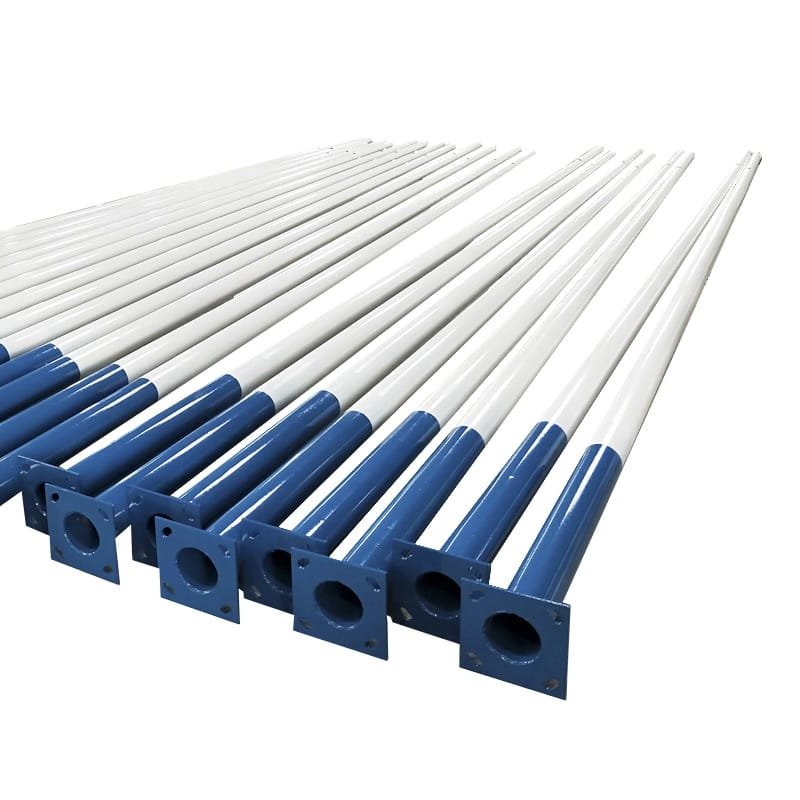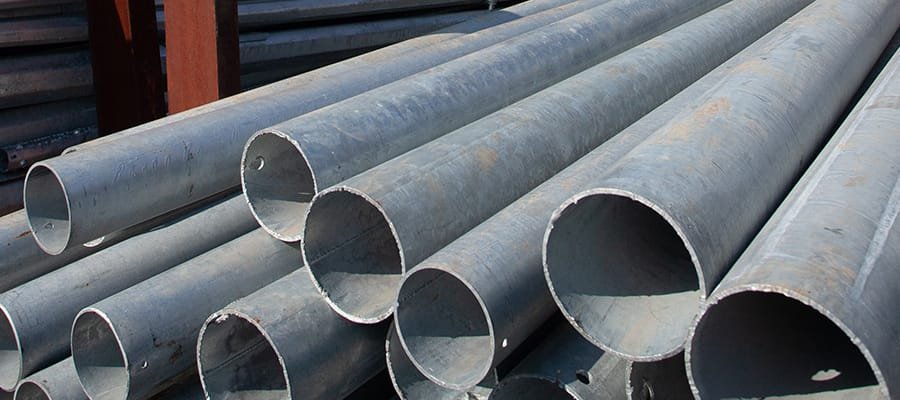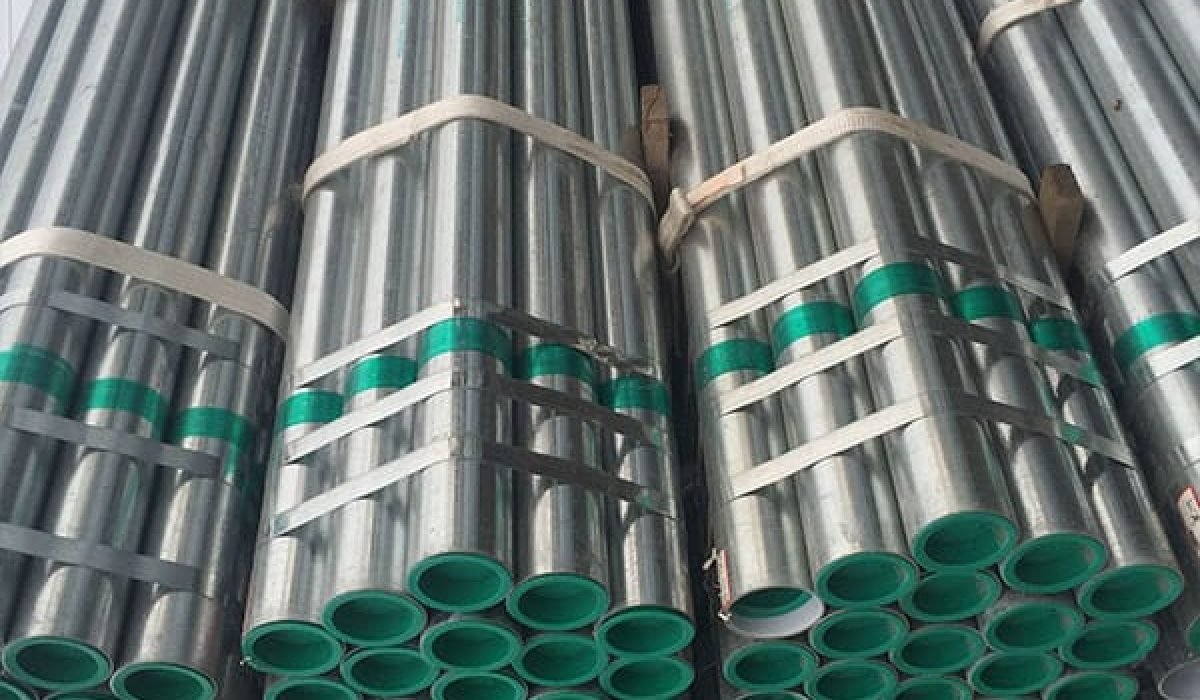In solar street lighting projects, pole selection is often underestimated. But the wrong height, diameter, or material can cause poor lighting performance—or worse, serious safety issues.
I've worked in this industry for over a decade, and when problems arise on-site, nine times out of ten it's because the pole was chosen poorly.
This guide is based on real-world experience from actual projects. If you're sourcing LED solar lighting poles, these are the practical things you need to know.
What Are Solar Light Poles and Why Do They Matter?
A solar light pole isn’t just a pipe that holds the light. It’s the backbone of the entire system. It supports the solar panel, LED fixture, and often the battery box.
If your pole is too short, too thin, or made of the wrong material, it doesn’t matter how good your solar panel is—the whole system will fail in wind, corrosion, or vibration.
Poles must be carefully matched to the system's total weight, wind conditions, and lighting application. That includes panel size, mounting angle, battery position, and even local theft risks.
What Are the Standard Dimensions for Solar Light Poles?
Too often, clients only focus on the panel wattage or LED brightness—and ignore the structural needs of the pole.
From my fieldwork, I always focus on two main dimensions first: pole height and pole diameter.
Recommended Pole Heights by Application
| Application | Suggested Height |
|---|---|
| Garden paths | 3–4 meters |
| Residential driveways | 4–5 meters |
| Public parking lots | 6–8 meters |
| Urban streets | 8–10 meters |
| Highways | 10–12 meters |
| Stadiums / Ports | 12–30 meters |
- Shorter poles provide brighter localized lighting but may create uneven distribution.
- Taller poles cover a wider area but need stronger structures and wider spacing.
Pole Diameter & Wall Thickness
Pole diameter determines structural strength, wind resistance, and vibration control.
| Pole Height | Top Diameter | Base Diameter | Wall Thickness |
|---|---|---|---|
| 3–5 meters | 60–76 mm | 90–114 mm | 2.5–3.0 mm |
| 6–8 meters | 76–89 mm | 114–140 mm | 3.0–3.5 mm |
| 9–12 meters | 89–114 mm | 140–165 mm | 3.5–4.0 mm |
In one coastal project, a client used a 9-meter pole with two 180W panels—but only 3 mm wall thickness. Within two years, the top started to bend. We fixed it by switching to 4 mm thick, tapered steel poles. No issues since.
How to Choose the Right Pole for Your Site?
Every project is different. Choosing poles based on a catalog or fixed spec is risky. I always assess the following on-site:
- Location (residential, commercial, rural, coastal)
- Lighting area and brightness level
- Total weight of solar panel + battery + fixture
- Wind speed zone and soil condition
- Vandalism or theft risk
Practical Selection Table
| Application | Height | Base Dia. | Spacing | Pole Design |
|---|---|---|---|---|
| Garden / Courtyard | 3–4 m | 90–100 mm | 10–12 m | Straight / Light taper |
| Walkway / Sidewalk | 5–6 m | 114 mm | 15–20 m | Tapered, 3.0 mm thick |
| Parking Area | 6–8 m | 140 mm | 20–25 m | Tapered, 3.5 mm thick |
| Rural Road | 9–10 m | 165 mm | 30–40 m | Tapered, 4.0 mm thick |
| Port / Stadium | 12+ m | 180+ mm | Case-based | Steel / Lattice frame |
Choosing the Right Material: Strength vs. Cost

Solar light poles are typically made from steel, aluminum, or fiberglass.
In most of my African projects, hot-dip galvanized steel offers the best balance of strength, cost, and durability. For coastal zones, we consider aluminum or fiberglass.
Material Comparison Table
| Material | Wind Strength | Corrosion Resistance | Cost | Best Use Areas |
|---|---|---|---|---|
| Steel (HDG) | High | Medium | $$ | Streets, rural roads |
| Aluminum | Medium | High | $$$ | Coastal towns, cities |
| Fiberglass | Low | Very High | $$$$ | Ports, corrosive zones |
Note: Aluminum is light and rust-proof but not ideal for very tall or heavy setups. Fiberglass works well in marine areas, but costs more and offers less load flexibility.
Installation Methods and Foundation Guidelines
Pole stability starts underground. Installation errors often lead to leaning, vibration, or even pole failure during storms.
Two Common Methods:
- Flanged Base: Mounted on anchor bolts with a concrete pad. Good for paved areas or high-traffic zones.
- Direct Burial: Pole inserted into the ground and concreted. Faster and cheaper for soft-soil or rural zones.
Foundation Depth Recommendations
| Pole Height | Foundation Depth | Base Size (L×W×H) |
|---|---|---|
| 3–6 m | ≥0.8 m | 400×400×800 mm |
| 7–10 m | ≥1.2 m | 500×500×1200 mm |
| 12+ m | ≥1.5 m | 600×600×1500 mm |
Orientation matters: panels must face true south (in Northern Hemisphere) and avoid shadows. Hide cables and secure battery boxes to reduce theft.
Integrated vs. Split-Type Solar Light Poles

There are two system types:
- Integrated: Solar panel, battery, and LED are built into one unit.
- Split-type: Each component is mounted separately.
Comparison Table
| System Type | Advantages | Disadvantages | Best Use Case |
|---|---|---|---|
| Integrated | Fast install, clean look | Hard to repair, limited size | Parks, gardens, driveways |
| Split-type | Flexible, scalable | Requires more wiring | Roads, large areas |
Choose integrated when looks and speed matter. Choose split-type when performance, battery capacity, or upgradeability are critical.
Common Questions I Hear from Clients
Q1: What’s the best pole height for a driveway?
3–4 meters, paired with 50–100W LED.
Q2: Does pole diameter affect wind stability?
Yes. Thin poles bend or vibrate in wind, especially with large solar panels.
Q3: Can I install poles in soft or uneven ground?
Yes, but the foundation must be deeper and wider. Soil compaction matters.
Q4: What pole material works best near the sea?
Aluminum or hot-dip galvanized steel with epoxy paint.
Q5: Do poles come with solar panels and batteries?
Not always. Integrated systems do. Modular setups need separate components.
Conclusion
Choosing the right solar light pole isn't about guesswork or picking whatever’s cheapest. It’s about safety, durability, and long-term performance. Match the pole height, diameter, and material to your project’s actual needs—and your system will last for years with minimal maintenance.
I don’t believe in overdesign or overspending. But cutting corners on poles? That’s where most solar lighting systems fail.


